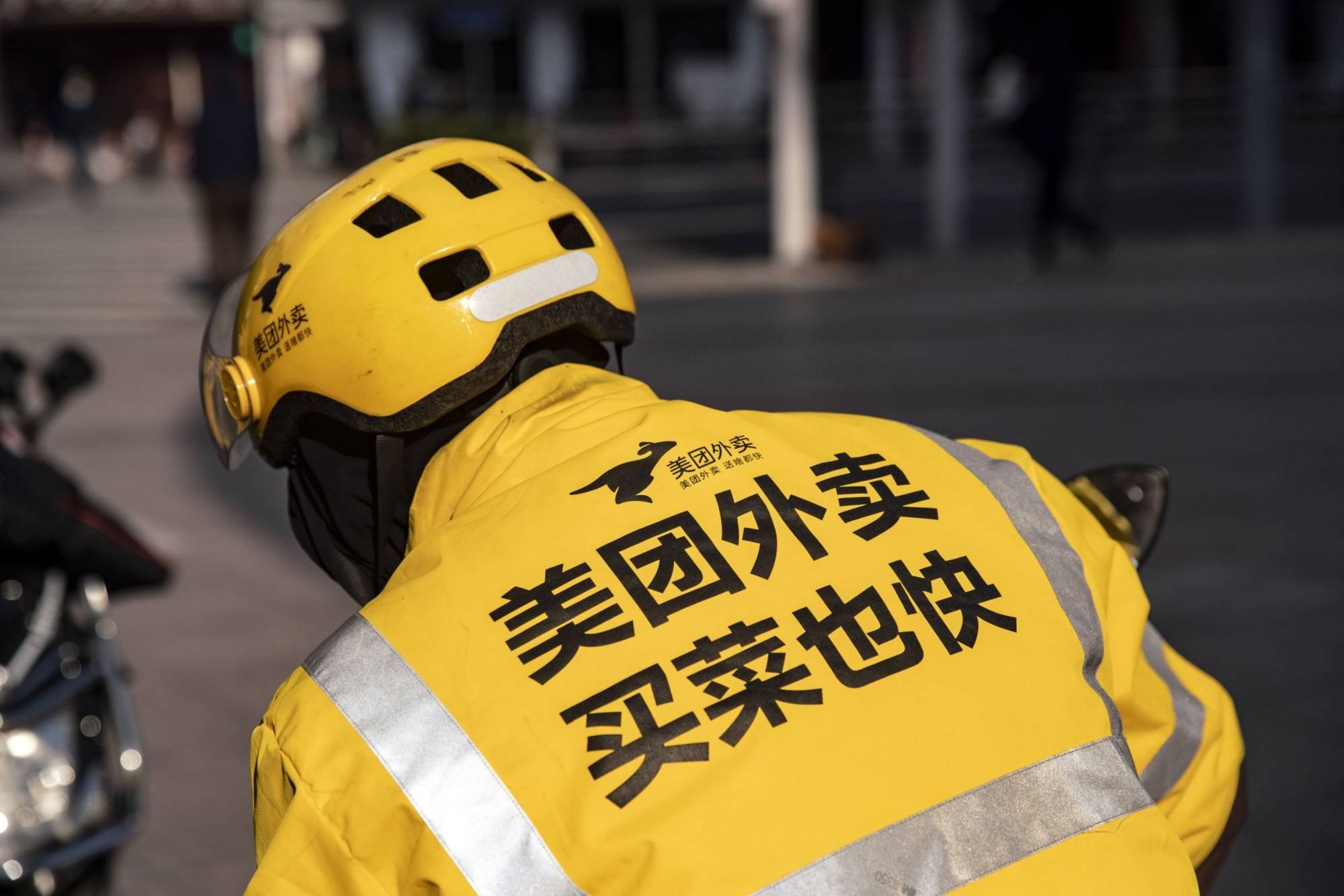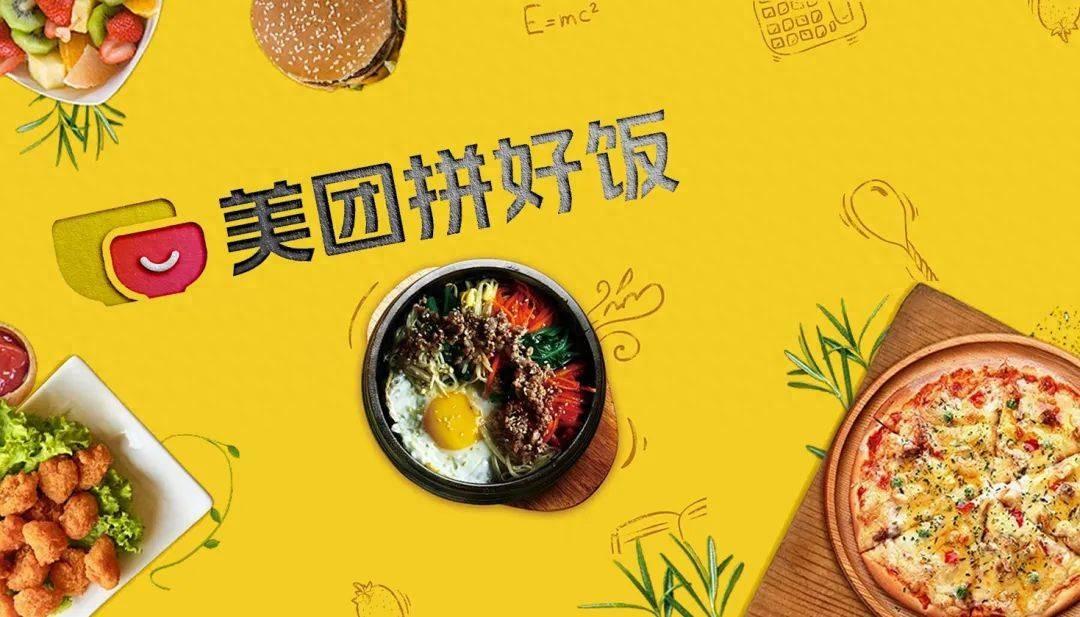This article is part of our Sustainable Future series done in association with East West Bank.
If you ask anyone what’s the best part of living in China, chances are they will bring up how convenient and cheap it is to order food here. For many, cooking has become an occasional treat (or chore) rather than a daily routine.
And while food delivery platforms became mainstream in many countries worldwide during the Covid-19 pandemic, the industry in China took off several years earlier and is, by far, the most developed globally.
But convenience doesn’t come without consequences: the food delivery boom has exacerbated the single-use plastic problem. And as the food delivery markets in Europe, Southeast Asia, and North America are expanding fast, the world can look to China to better understand the challenges ahead.
China’s Recipe for Food Delivery Success
A decade ago, having a meal delivered to your door likely required calling a major pizza chain or dialing your favorite local spot and inquiring if they’d deliver to you. At the same time, in the early 2010s, American fast-food chains like Pizza Hut and KFC were becoming the first to introduce food delivery platforms in China.
Since then, the market in China has grown exponentially, reaching close to 1.4 billion USD in 2022, almost 10 times the size of the current market in the U.S. The unparalleled ubiquity of food delivery in China can be attributed to a mix of unique socio-economic and technological factors.
For one, the country’s demanding working culture, known as ‘996,’ deprives many of the time to cook. Ordering takeout is the only viable option for them outside of eating the same lonely sandwich from 7-Eleven day in and day out.

Furthermore, such colossal demand can only be met by an army of (cheap) workers — easily found amongst the migrant communities in most major metropolises in China. Despite long working hours, harsh and high-pressure working conditions, and rude customers, delivering food can pay up to 10,000 RMB (about 1,481 USD) monthly, which is considered a good salary in most Chinese cities.
The last and most important element is the digital infrastructure that makes all of this possible. China boasts the world’s most developed online payment systems, with services like Alipay and WeChat Pay allowing for an almost entirely cashless society.
Thanks to a sophisticated, sometimes overwhelmingly complicated system of discounts provided by delivery apps or restaurants for the same dish, ordering online is often cheaper than going to the restaurant.

The Plastic Waste Problem
As China is still perfecting its single-use plastic legislation, the abundance of delivery orders also means more plastic use and waste. Notoriously hard to dispose of, plastic waste is already swamping many cities in China.
Aware of their impact on the environment, China’s delivery platforms Eleme and Meituan, which account for more than 95% of the market, have introduced a function that forces users to choose whether or not they need disposable cutlery. In 2017, Meituan even committed to a green plan to reduce the impact of single-use plastic waste.
However, further efforts are needed to curb the impact of the overwhelming amount of plastic containers used every day in urban centers.
Food packaging is very lightweight and must be washed before recycling, making for a longer and less cost-effective recycling process. As a direct result, most of it ends up in landfills or goes into the ocean, making China responsible for 28% of plastic waste polluting the oceans.
To deal with the problem of floating garbage, Hong Kong launched diesel-fueled barges to patrol its harbor, picking up bottles, containers, and anything thrown into the water.

However, these barges are far from being sustainable: they burn fossil fuels, effectively polluting the bay while they clean up.
Sidhant Gupta thought automation and artificial intelligence could be the key to improving the process. In 2019, he co-founded ClearBot, a startup that manufactures self-driving, AI-powered boats for pollution recovery.
“In Hong Kong, there are about 80 boats constantly trying to fish trash out of the water,” Gupta tells RADII, adding, “ClearBot is much more cost-effective because it runs on electricity and requires no manpower. We are actually cutting the cost while decreasing the environmental impact.”
The bots developed by Gupta and his team are an outstanding example of innovative technology serving purposes in support of environmental stewardship. “With artificial intelligence, we are able to identify different objects in the water, then our boat zigzags across the area and collects all the waste,” he explains.

Gupta hopes the data collected through AI can benefit governments and companies dealing with plastic pollution in the ocean and that ClearBot will scale up and be implemented by institutions worldwide.
At the same time, he has grown increasingly aware that the plastic problem needs to be solved at its root: “The more we do cleanup work, the more data we gather from our machines. What we learned is that to solve the ecological problem, we have to control the materials at the source.”
A Matter of Convenience
Despite offering a more cost-effective and sustainable way of cleaning up the ocean, ClearBots’ boats are of little use when it comes to microplastics.
Microplastics damage the ecosystem from the bottom of the food chain: Due to their tiny size, they can be ingested even by the smallest organisms, such as zooplankton, and eventually work their way up the food chain to our table.

For this reason, replacing single-use plastic with sustainable materials could be a more long-term solution.
Also based in Hong Kong, EcoInno is a tech company that has developed a green fiber-based material. They seek to replace single-use plastic, especially within the food delivery industry, which represents over 45% of the global plastic waste problem.
EcoInno’s CEO, George Chen, is very pragmatic regarding our addiction to plastic containers, pointing out that we could never scrap convenience altogether for the sake of the environment.
“I don’t hate plastic. Plastic created a lifestyle that we really enjoy,” Chen tells RADII. “Its cost and convenience affected human behavior. But we need to ask ourselves what’s the balancing point, and I think single-use plastic needs to be stopped.”
EcoInno’s green composite material (GCM) shares many advantages with plastic: it’s lightweight, water-resistant, and can tolerate heat. What’s different is that GCM, made with a recipe of natural fibers, is entirely biodegradable and does not rely on fossil fuels for its production.

“GCM only takes 75 days to fully decompose,” Chen explains. “It is made with renewable natural resources, so it’s intrinsically more sustainable.”
And while it will likely take more than one man or one company to ultimately solve the issue of plastic waste, tech innovators like ClearBot and EcoInno are demonstrating that innovative approaches can be impactful at different stages of the plastic waste issue, from production to disposal.
This article was made as part of our Sustainable Future series in association with East West Bank to highlight the innovative tech that’s making the world more green and regenerative. East West Bank offers unparalleled services for individuals and companies who wish to build connections and foster collaborations between the US and Asia. Together, we will reach further. For more information, visit eastwestbank.com.
Cover image designed by Haedi Yue. Unless otherwise stated, all images are screengrabs from ‘The Hidden Price Behind Your Food Delivery Choices’

















